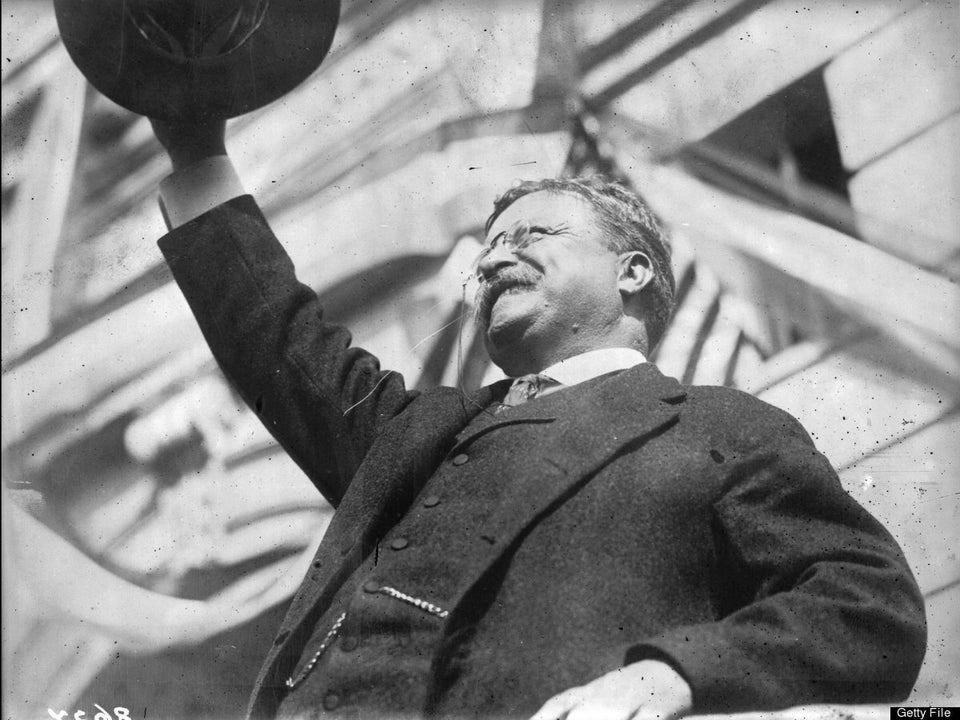In my previous blog I wrote about the dangerous decline of small hospitals in Ontario's rural communities. Services like surgery and obstetrics are being packed up and moved wholesale to urban centres, forcing rural patients to travel long distances to access care. You might think that urban hospitals are the winners in this equation. After all, when they "merge" with a smaller hospital they get to help themselves to an entire department's worth of equipment, staff and patients. Unfortunately, this is not the case. Urban hospitals are also losers in the redistribution of health care, as are urban patients.

As provincial health services become centralized in urban locations, the geographic catchment of big-city hospitals grows ever larger. At the same time that this is happening, urban and suburban populations are expanding rapidly. Cities like Toronto are undergoing a massive explosion in residential housing, with a seemingly never-ending real-estate boom and continued movement of people into the downtown. Immigration plays a role, too, as Toronto is a well-established landing spot for new Canadians, especially if one includes the ring of suburbs surrounding the city where the commuter population lives. The growth of the city is poised to put enormous pressure on its aging infrastructure.
What does this mean for urban hospitals? It means an ever increasing burden of care as local populations boom alongside the expansion of geographic catchment that comes with the degradation of rural hospitals. Funny thing, while the government was overseeing small hospitals losing their services to urban centres, they never bothered to proportionately increase the capacity of the hospitals that are now facing ever-increasing patient loads. Urban hospitals are now routinely crippled by massive bed shortages, as we recently saw in Ottawa. A single bad flu season was enough to push Ottawa hospitals up to 120 per cent capacity, forcing sick patients into hallways, storage rooms and wherever a stretcher or gurney could possibly fit.
Where will people go when the next public health crisis happens?
It's well-acknowledged that sensible hospital planning dictates bed capacity not exceed 85 per cent, however the reality is many hospitals are routinely stuffed to 100 per cent capacity or more. Not only does this severely hamper the ability of a hospital to manage a public health crisis, it also puts patients at higher risk of illnesses like hospital-borne infections. Ontario's auditor general found in 2016 that overcrowding in hospitals was a major problem, compromising the health not just of the patients forced to receive care in hallways, but of all admitted patients due to the higher risk of infections.
Ontario stacks up poorly in national and international comparisons. Among OECD nations Canada is close to the lowest in terms of hospital beds per capita, and within Canada our province is at the absolute bottom of this measure, with only 2.3 beds per 1,000 people and dropping. If Ontario were a country it would be third-last among the 33 countries of the OECD, the average being 4.8 beds per 1,000 people. With numbers this low, Ontario's physicians are left wondering how our large hospitals will handle the next flu crisis. What about another outbreak like SARS? If small hospitals no longer have the ability to care for acutely ill patients close to home and large hospitals are permanently a hair's breadth away from overcapacity, where will people go when the next public health crisis happens?

The government's response to allegations of chronic hospital underfunding is that they have been putting money into community supports to keep patients out of the hospital. While this sounds nice, community supports can only go so far. Sometimes you need the kind of care that only a hospital provides. And the message of increased investment in home care is undermined by the fact that the proportion of health-care spending on home care has remained flat at roughly five per cent since 2000. After years of austerity in hospital and physician funding and redirection of money towards home care, shouldn't that percentage have increased? The math just doesn't add up.
The recent provincial budget announcement of $518 million in hospital-directed funds was also spun as new investment, but the reality is that this money only covers inflation and does nothing to reverse the trend of bed shortages. It certainly does not address the increased burden on our urban hospitals as a result of services moved from rural communities. Nor does it adequately address the demographic shift of our aging population, which is a dangerous oversight.
The government is hamstringing our struggling hospitals by refusing to adequately fund them.
As our urban hospitals struggle to cope with chronic underfunding and increased patient load, they look to some less-than-ethical means of staying afloat. The obscenely high cost of hospital parking lots is essentially a user fee, only we can't call it that because user fees are forbidden in our health-care system. But what else can you call it but a tax on sick people and their families? Rather than be upfront with voters about how much public money needs to flow into hospitals, the government tacitly permits this hidden tax on some of our most vulnerable citizens to continue.
In 2014, when the issue of hospital parking became too politically hot, Health Minister Eric Hoskins put in place a three-year freeze on these charges to make it appear as though the government was doing something. And while it's important to address parking fees, simply freezing them does nothing to solve the underlying problem. The government is hamstringing our struggling hospitals by refusing to adequately fund them while at the same time preventing them from raising funds via user fees.
Unfortunately, the trend of stripping rural hospitals of vital services and forcing urban hospitals to shoulder the additional burden shows no signs of slowing down. We will be seeing overcapacity crises like the one in Ottawa more and more often. Ontario's patients are starting to fight back against crowded urban hospitals, and I wholeheartedly support them. But to properly deal with this issue, we need to understand the way in which centralization of hospital services plays a major role. The rural-to-urban shift affects us all, wherever we live.
Follow HuffPost Canada Blogs on Facebook
Also on HuffPost:
